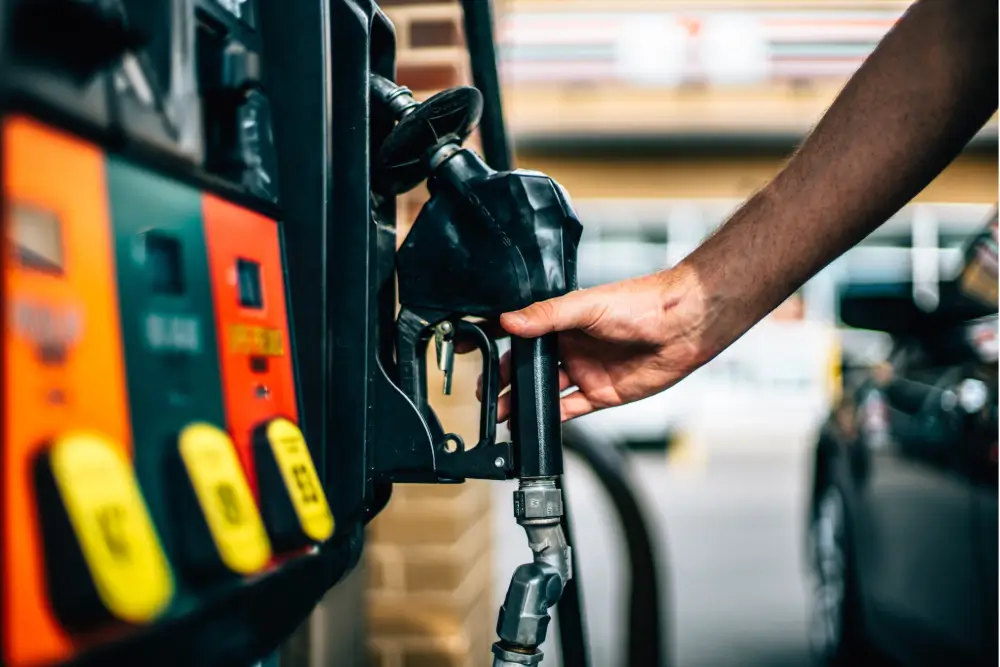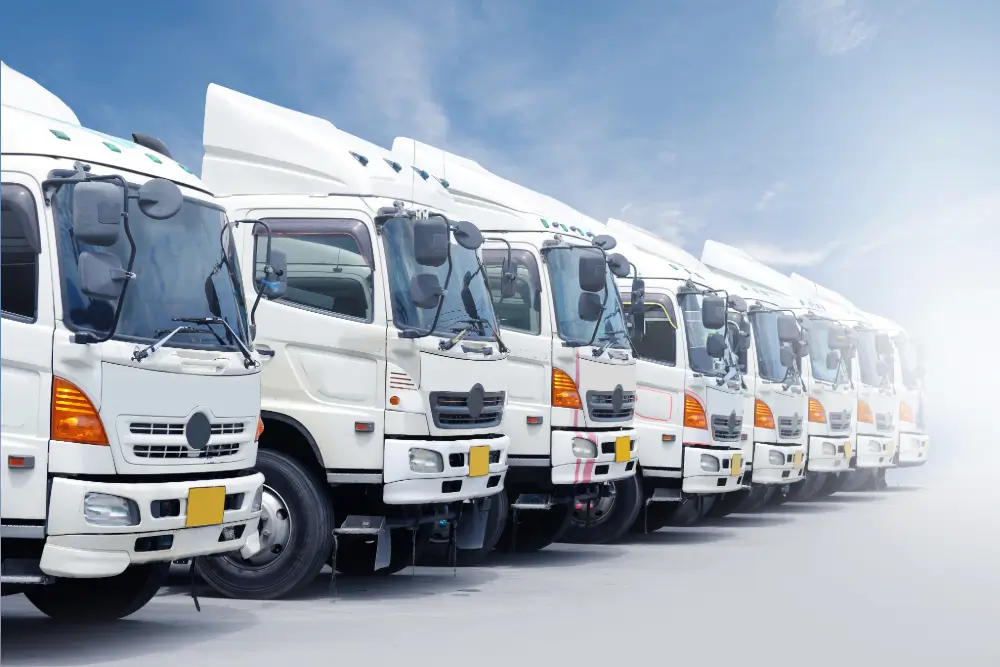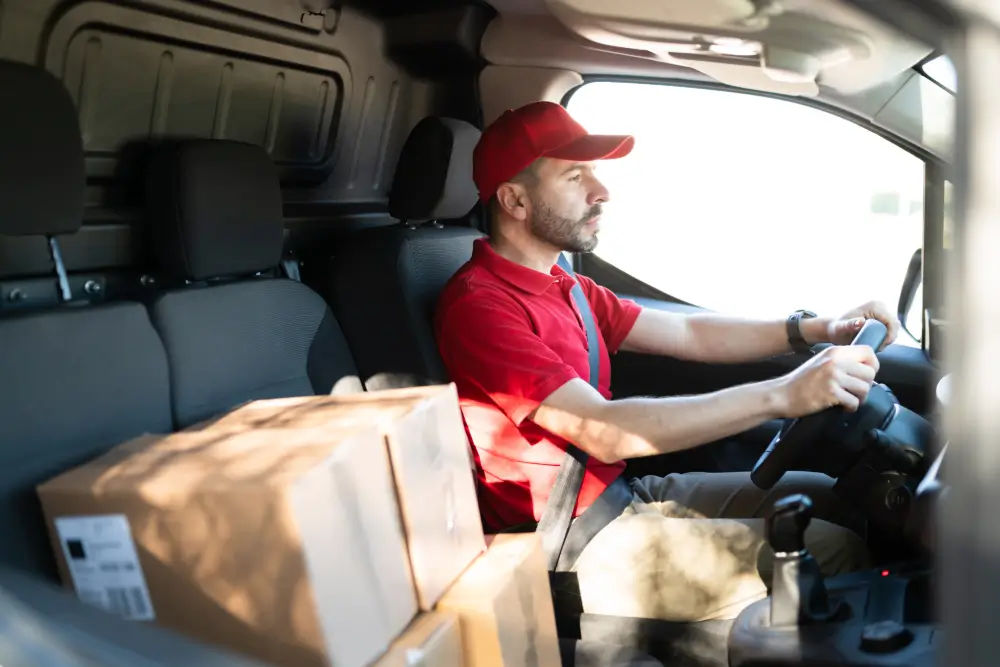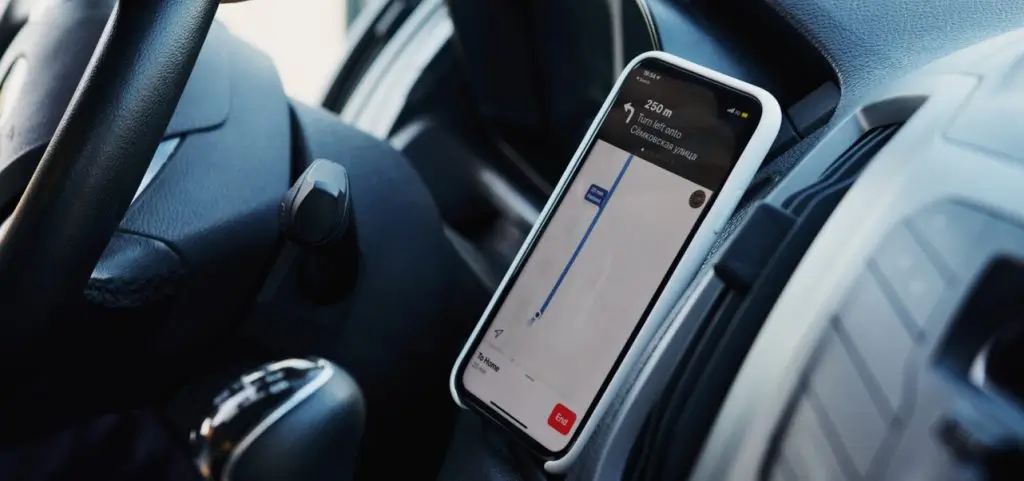How To Cut Gas Costs In Your Delivery Business
Learn how to effectively cut gas costs in your delivery business with strategies ranging from route optimization to vehicle maintenance, ensuring efficiency and sustainability.

Learn how to effectively cut gas costs in your delivery business with strategies ranging from route optimization to vehicle maintenance, ensuring efficiency and sustainability.


In the fast-paced world of delivery services, controlling operational costs, particularly fuel expenses, is a perpetual challenge. With gas prices fluctuating unpredictably, delivery businesses must employ strategic measures to keep their expenses in check without compromising service quality. This comprehensive guide delves into practical strategies to reduce gas consumption and enhance efficiency in delivery operations.

Route optimization is paramount in reducing fuel costs. By using route planning tools, businesses can create the most efficient paths for their drivers, minimizing unnecessary mileage and saving significant fuel. Advanced algorithms consider factors like traffic, delivery windows, and vehicle capacity, ensuring each journey is as short and straightforward as possible. This not only slashes fuel consumption but also improves overall delivery efficiency.

Regular maintenance of delivery vehicles is crucial in keeping them fuel-efficient. Ensuring engines are running smoothly, tires are properly inflated, and regular oil changes can significantly impact fuel economy. A well-maintained vehicle consumes less fuel and reduces the likelihood of costly breakdowns. This proactive approach to vehicle maintenance ensures that the fleet remains in top condition, optimizing fuel usage.

Investing in fuel-efficient vehicles or hybrids can drastically cut down gas costs. Newer models often come with better fuel economy and lower emissions, aligning with both financial and environmental goals. While the initial investment may be higher, the long-term savings in fuel costs can be substantial. For businesses looking to make a significant impact on their fuel expenses, transitioning to more efficient vehicles is a smart move.

Driver behavior plays a significant role in fuel consumption. Training drivers on eco-friendly driving practices such as smooth acceleration, maintaining steady speeds, and avoiding unnecessary idling can lead to considerable fuel savings. Encouraging drivers to be mindful of their driving habits not only benefits fuel economy but also promotes safer driving practices.

Leveraging technology like GPS tracking and order tracking systems helps in monitoring vehicle routes and performance. This technology provides insights into driver behavior, route efficiency, and vehicle health, enabling businesses to make data-driven decisions to reduce fuel consumption. Implementing tech solutions streamlines operations and unveils opportunities to optimize fuel usage.

Idling is a significant contributor to fuel waste. Implementing a no-idle policy encourages drivers to turn off their engines when waiting, reducing unnecessary fuel consumption. This simple yet effective policy can lead to substantial savings, especially in a fleet with frequent stops like those in grocery delivery or meal kit delivery.

Regularly monitoring fuel usage helps in identifying patterns and areas where improvements can be made. Tracking metrics such as miles per gallon, total fuel used, and cost per delivery can provide valuable insights into the efficiency of your operations. Analyzing this data allows for informed decisions to be made in terms of route planning, vehicle maintenance, and driver training.
Finally, exploring alternative fuel options such as electric or hybrid vehicles can be a game-changer in reducing fuel costs. While the adoption of such vehicles requires a significant investment, the long-term benefits in fuel savings and environmental impact are substantial. Additionally, many governments offer incentives for businesses that utilize eco-friendly vehicles, adding financial benefits to the environmental ones.

In conclusion, cutting gas costs in a delivery business requires a multifaceted approach, from optimizing routes to investing in technology and sustainable practices. By implementing these strategies, businesses can not only reduce their fuel expenses but also enhance their operational efficiency and contribute positively to the environment. For more insights and tools to optimize your delivery operations, visit and explore the EasyRoutes website. Remember, every drop of fuel saved counts towards a more profitable and sustainable future.
EasyRoutes' mission is to equip every business with the software tools they need to deliver products to their customers in a delightful way. Thousands of worldwide choose EasyRoutes to power their local deliveries across dozens of product categories, from meal kits and groceries to coffee, cupcakes, kibble, and so much more. Our easy-to-use route planning and delivery optimization app is certified Built for Shopify, a two-time Shopify staff pick, and the top rated local delivery app on the Shopify App Store.